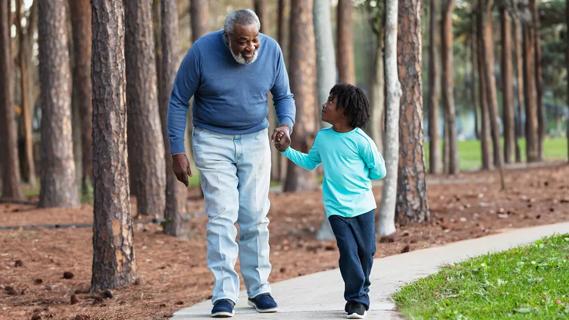Your life depends on this incredible organ doing its job 24/7

As you go through your day, you probably don’t spend much time thinking about your heart and all that it’s doing. But let’s take a few moments to appreciate this life-sustaining organ in your chest.
Advertisement
Cleveland Clinic is a non-profit academic medical center. Advertising on our site helps support our mission. We do not endorse non-Cleveland Clinic products or services. Policy
Your heart starts beating well before you’re born and continues its rhythmic work until the day you die. That’s just the start (and end) of its amazing story, though.
Here are a few more heart-related facts, courtesy of cardiologist Brian Griffin, MD.
Advertisement
Advertisement
Learn more about our editorial process.
Advertisement

Move a little more, eat a little healthier, sleep a little better and destress a lot

Age, sex and genetics are just a few factors that can affect your risk of developing coronary heart disease

Having underweight, having overweight and having obesity can be dangerous for your heart

Avoid smoking, eat a good diet and exercise to prevent your heart from aging prematurely

The stress of a high-stakes game can trigger a heart attack in people who are at high risk

Unlock the secret of your body’s hardest-working organ

If you have a family history of heart disease, you should check in with this specialist

What's good for one is good for the other

Start having sex about 72 hours before ovulation, then at least every other day during your fertile window

Attachment theory suggests that your earliest relationships shape connections throughout your life

It isn’t a recognized mental health disorder, but research shows that problematic social media use can negatively affect your mental health, self-esteem and sleep